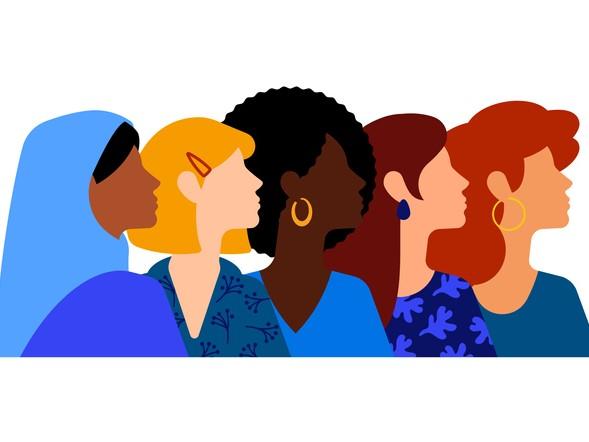There is a plethora of evidence to demonstrate the persistence of structural, institutional and individual racism in higher education. Despite significant advances in policymaking, such as the Equality Act (2010) and an increasingly diverse student body, racial inequalities persist.
In 2019 the Equality and Human Rights Commission found that racial harassment was a common experience for staff and students at higher education institutions (HEIs) in England, Scotland and Wales. Shockingly, 20 per cent of students had been physically attacked and 56 per cent of students and more than a quarter of staff had experienced racist name-calling, insults and jokes.
Institutional racism is evidenced in the lack of professors of colour in HEIs and the numbers of academics who consider leaving UK higher education for a move overseas. Despite the intensity of public support for the #BlackLivesMatter movement following the murder of George Floyd, and universities’ subsequent commitments to address racism, race remains a low priority in university equality work, often playing second fiddle to work on gender.
The template for a successful approach to addressing inequalities in HE has been the success of the Athena Swan Charter in advancing the progression of women in STEMM (science, technology, engineering, mathematics and medicine). Mirroring this initiative to address racial inequalities in HE, the Race Equality Charter (REC) was introduced in 2016.
However, the outward success of Athena Swan disguises considerable doubts about its more overarching outcomes. There is evidence to suggest that white, middle-class women have been the main beneficiaries of the Athena Swan Charter, while women of colour or those from working-class backgrounds have not benefited similarly.
- Diversity statements: what to avoid and what to include
- Leaks and holes: beyond the pipeline versus process debate on diversity
- Decolonising the curriculum – how do I get started?
Addressing equality, diversity and inclusion (EDI) in universities relies on a significant investment of time and resources, yet almost invariably gender inequalities take precedence and race and racism are left lagging far behind. Partly, this appears to materialise in terms of weariness, overt apathy and fatigue associated with addressing yet another inequality.
However, more significantly, it hints that just as the Athena Swan Charter is closely aligned with white, middle-class academic interests and therefore considered valuable work, the Race Equality Charter offers no comparable alignment and consequently is regarded as being a bit of a drag.
The introduction of race and racism as an additional focus produces an uncomfortable confrontation with institutional racism. For example, it poses the crucial question: why do some white women benefit more from Athena Swan than black and Asian women? Ironically, in conversations about inequalities in universities, gender is often given greater priority because it is understood as a universal priority; one that affects all women. On the one hand this ignores racism within gender equality work; on the other hand, race work becomes absorbed into and silenced in an already crowded EDI agenda.
When race equality policies are introduced, they are based on a performance that is used for the benefit of HEIs to sell themselves as diverse and fair to fee-paying students. In reality, the policies make little or no significant changes to everyday practices in universities to address racial inequalities.
To seriously address issues of racial inequality, universities need to move away from a rhetoric of inclusion designed mostly with an eye on public relations and marketability. Universities and the Office for Students need to be held accountable via a target system for the numbers of professors of colour employed in their institutions and the numbers of students of colour.
If elite HEIs in the UK, such as Oxbridge and the Russell Group universities, are unable to recruit a representative demographic of students and academics this should have reputational and financial implications. Universities already recognise that racism adversely affects the lives of staff and students − that much is clear in their mission statements and public commitments to equality.
However, simply acknowledging the problem of racism in universities and failing to put in place effective strategies to remedy the situation needs to be clearly understood as racist practice. It’s time to push back against the public rhetoric that ignores the existence of racism and white privilege. Ignoring the role of racism simply prolongs the primacy of whiteness and suggests white experiences are more worthy and valuable than those of people of colour. This is white supremacy and it has no place in the academy.
Kalwant Bhopal is professor of education and social justice and director of the centre for research in race and education at the University of Birmingham. She is the author of White Privilege: The Myth of a Post-racial Society and is working on a new book, Elites and the Making of Privilege, which will be published next year.




comment